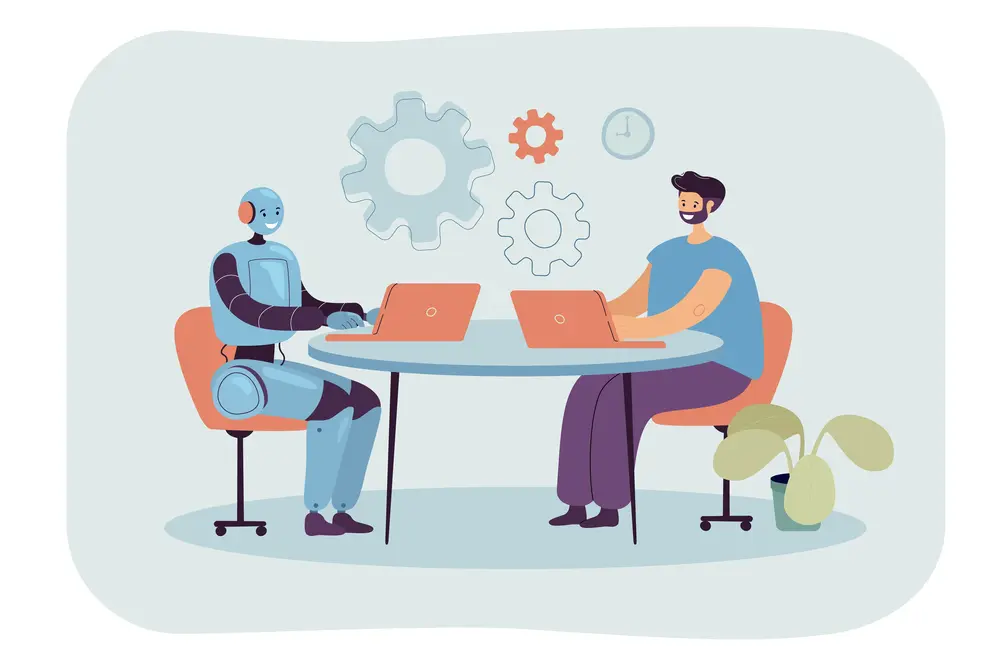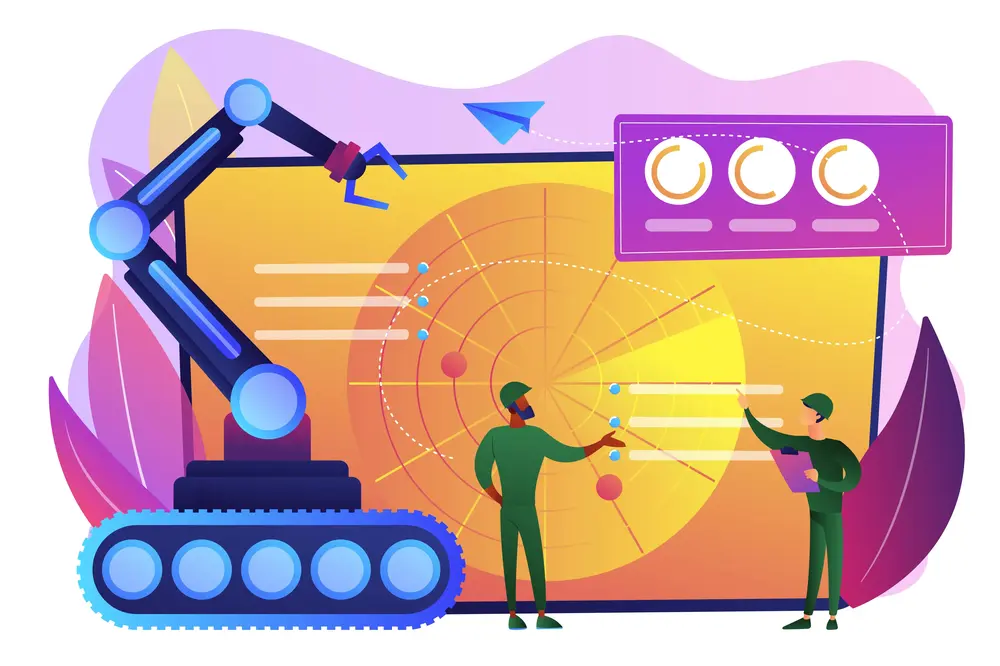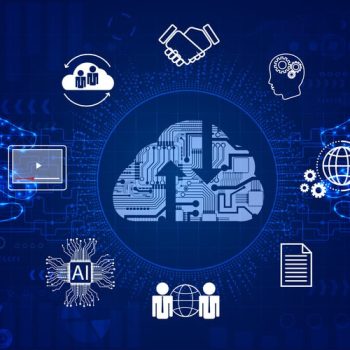Here’s the automation dream: click a button, walk away, sip coffee, bask in the glow of flawless execution. Servers behave. Pipelines hum. Metrics sparkle. Nobody panics. Even market studies say it’s worth big bucks. For instance, even the global intelligent process automation market is expected to reach over $25.9 billion by 2027.
Reality, of course, has other plans.
Without ownership, automation becomes a ghost story. Triggers fire. Logs fill up. Something breaks. And guess what? Everyone’s looking around like they walked into a crime scene with zero suspects.
It happens despite automation being seen as a cure-all. When it works, it fills gaps. When it drifts, it multiplies the risk.
Related Blog: Workflow Automation Tools for SME Growth in 2025

Automation Without Ownership Is A Scary Thought
Every IT manager has seen it. A team builds a shiny new workflow. It runs once. People cheer. Then, the person who built it moves on. One day, the system chokes on a new input. Another team blames the tool. The logs are unreadable. The original design? Lost in some dusty Confluence graveyard.
The outcome? No one claims responsibility. Everyone claims confusion. And somewhere in the chaos, someone whispers the worst words in tech: “Well, it worked before.”
No one feels the pain until the damage hits the business.
Tools Are Never the Hero – People Are
Automation tools promise speed. Repeatability. Scale. But none of that means anything without a human who understands what the system does and why that matters. Ownership means there’s someone behind the scenes connecting dots, asking questions, and catching problems before they cost money, time, or reputation.
Think of it this way: would you trust a pilotless plane built by a committee that left the manual half-finished? Probably not. So why hand your entire operations over to an orphaned script?
But the future, in all fairness, seems kinder to automation. Perhaps it’s why Gartner predicts that by 2026, 30% of enterprises will automate more than half of their network activities.
How Ownership Should Look Like
In meetings, ownership sounds like a checkbox. In production, it becomes the safety net. Ownership ensures someone follows through. Someone asks why an alert was fired at midnight. Someone fixes the filter that started including irrelevant data. Someone cares whether the output still makes sense.
Without that person, problems surface too late. Teams waste cycles solving symptoms. Leaders lose confidence in the process. And the automation loses credibility.
Ownership looks like this:
- Someone knows how the automation works
- Someone monitors the inputs, the logic, and the drift
- Someone sees when the results change and asks why
- Someone rewrites the process when the old one stops making sense
Un-owned automation gathers technical debt like lint. Nobody checks if it’s still doing the right thing. Changes upstream go unnoticed. Security gaps widen. Then, one day, something critical fails, and nobody remembers who wrote what or why it runs that way.
The result? Meetings. Investigations. Firefights. All because no one was paying attention to what the machines were doing.

Real Automation is For the People
Before your team automates anything, ask one question: who stands behind this? If the answer is silence, stop right there.
Ownership shouldn’t come after launch. It begins with design. When someone claims it early, the process improves faster, adapts smarter, and stays relevant longer. Someone updates the docs. Someone kills the noise. Someone keeps it honest.
Automation is wiring, discipline, and follow-through. It refers to decisions tied to outcomes. It involves names tied to systems. It breathes through accountability that lives past the first sprint.
You want automation that works? Find the person who’ll stay curious after it gets deployed. The one who tracks results. The one who fixes what gets weird.
That’s where automation turns into a system worth scaling.



















